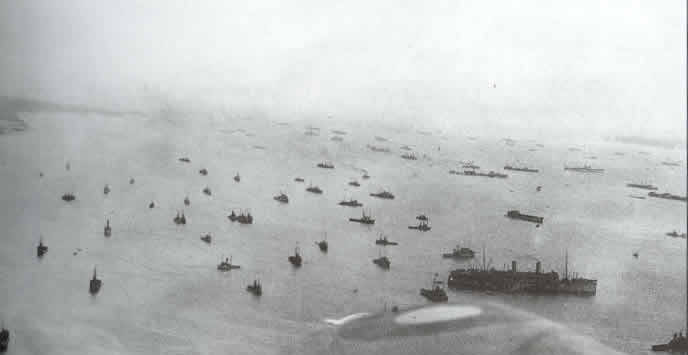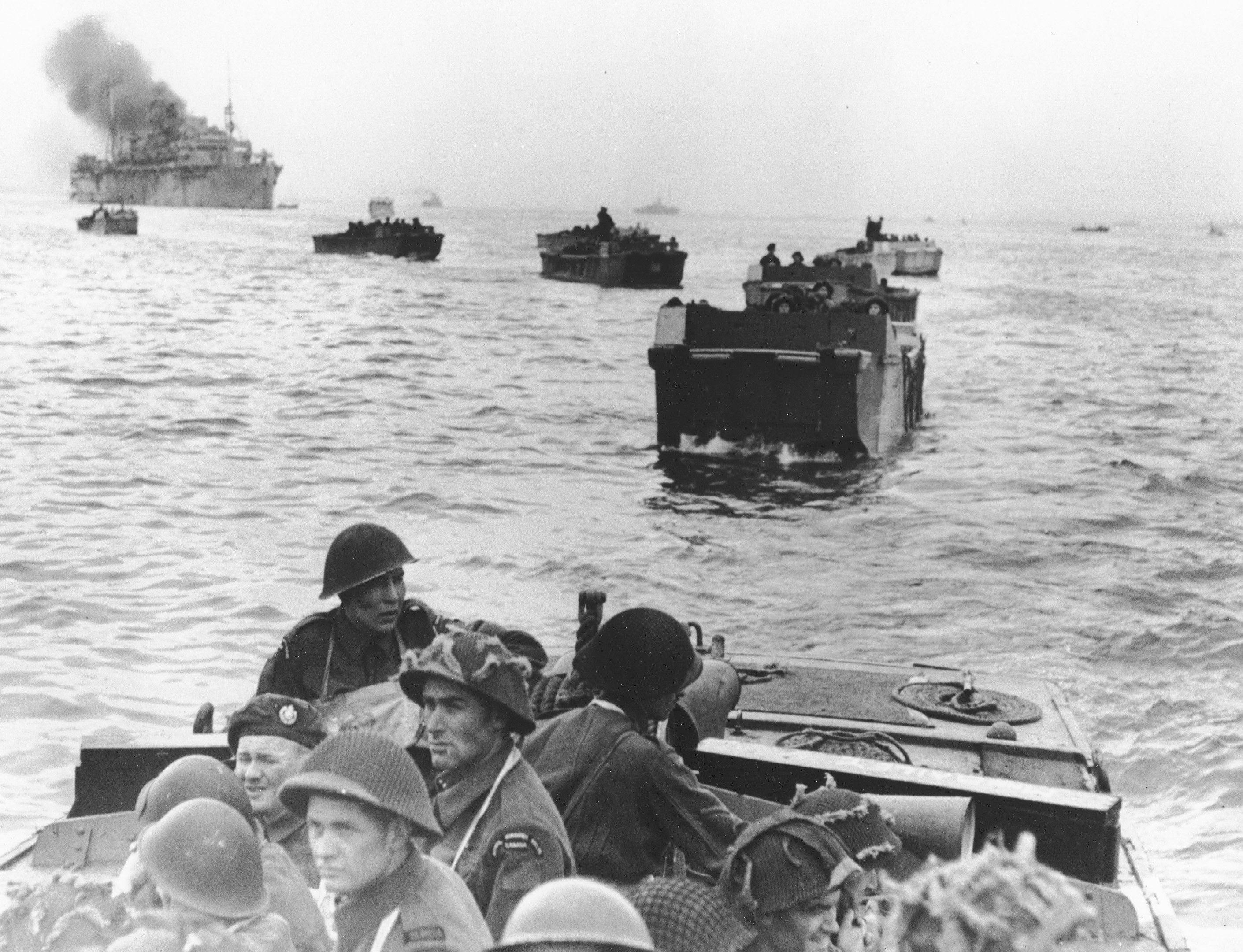Operation Neptune was the planning for the seaborne invasion of Normandy 6th June 1944. Over 70% of all naval craft which took part belonged either to the Royal or Canadian Navies. The rest came from the United States, Free French Dutch or Norwegian navies.
Over 5300 vessels took part. 57 British Destroyers, 30 American destroyers, and others from Norwegian, Dutch, French navies including HMS Svenner. 4126 landing craft and ships, 2 midget submarines, 736 ancillary vessels, 864 merchant ships and 189 minesweepers made up the bulk of the fleet.
The Royal Navy provided some heavy firepower including 6 battleships, 2 monitors and 16 cruisers. The U.S Navy sent 3 cruisers and 3 battleships.H.M.S Belfast fired the first shell on D-Day. Imagine waking up in a bunker and looking out of the observation slit and seeing this lot?
 |
| The D-Day Fleet |
 |
| H.M.S Svenner |
Landing craft were largely made in the United States as the British shipyards were working flat out repairing the existing merchant and war fleets. They were also busy with the Mulberry Harbours. Landing Craft Personnel (LCP) and Landing Craft Vehicle and Personnel (LCVP) were used on D-Day. they were flat bottomed boats, able to get close into the beach and had a ramp at the front of the vessel which came down so men and vehicles could disembark. This was essential so the boat did not have to waste time turning round and reversing into the beach head.
 |
| Landing Craft- Canadian Troops At Juno Beach |

